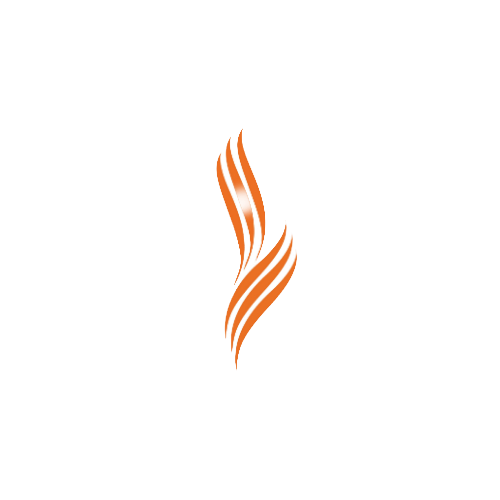The Haredim
The term Haredi is applied to a distinct form of Judaism.
It was initially used to refer to any Jew who was meticulous and observant. However, in the last fifty years, the term Haredi has come to designate “those Jews who in their style of life, world-view, ethos, and beliefs were beyond what most people seemed to understand by orthodoxy.” [1]
Though many- mostly non-Jews- refer to this Jewish stream as “ultra-Orthodox,” it was felt that the expression didn’t precisely capture the essentials of the people it was meant to describe. Something more “Jewish” was needed. That something was the word “Haredi,” found in the book of the prophet Isaiah:
“Hear the word of the Lord, you who tremble [haredim] at His word.”
Although the literal translation of the term “haredi” is “trembling, in Isaiah, the term is used in the metaphorical sense of ‘God-fearing.'”[2]
By strictly adhering to medieval Jewish law (Halacha), the Haredi regard themselves as the last bastion of orthodoxy and protectors of the faith.
These Jews don’t always call themselves Haredim; instead, they choose various nicknames that highlight their religious rituals or the rabbi they follow.
In a policy paper, Israeli psychologist Reuven Gal finds ten key traits that identify the Haredim:
- absolute Jewish faith;
- intense religious observance;
- comprehensive societal supervision of lifestyles;
- Torah study as a supreme value;
- self-subordination to the authority of a Hasidic rebbe or respected rabbi;
- a conservative and puritanical worldview;
- a counter-cultural stance against non-Haredi society;
- faith in the coming of the Messiah;
- rejection of the Zionist vision;
- physical and spiritual communal seclusion;
- adherence to the community’s particular educational institutions;
- and external characteristics such as sidelocks, head coverings, and dress).
(Reuven Gal, Ultra-Orthodox (‘Haredi’) Jews in Israel’s Society: A 2014 Status Report (Haifa: Samuel Neaman Institute, 2015) [Hebrew].)
[1] HEILMAN, SAMUEL, C: Sliding to the Right: The Contest for the Future of American Jewish Orthodoxy, p. 314 note 9
[2] LANDAU, DAVID: Piety and Power. The World of Jewish Fundamentalism, p. 5
Photo Moses Siluk

